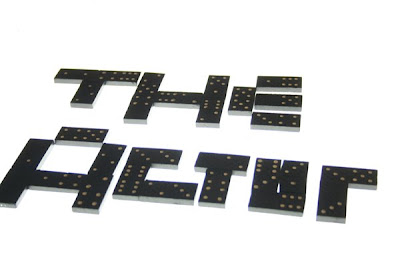Our third project named influences required me to explore my influences, look at who or what provokes, inspires and informs my working methods and research processes. The point was to to raise my awareness about my own influences. To look beyond myself and draw from experiences, contexts, impressions outside of myself. We were encouraged to explore and investigate those influences in different ways. We were required to create a list of five of our influences and mine are as follows:
- The work of visual artist Gorden Young
- Africa : the colour, vibrance and beautiful hand-rendered signage
- Film director Ed Wood: hailed as the worst director of all time
- The Arts and Crafts Ideal
- The work of Steve Mc Queen
I then chose one of my influences to create work that expressed how my influence made me feel. I chose Gordon Young. He is a visual artist who focuses on creating art for the public domain. His work ranges from sculptures to typographic pavements for places as disrelated as government headquarters and village squares. The common denominator for all projects is the basis of relevance to the surroundings.





I thought about what it was about his work that attracted me to it and asked myself how the work made me feel as a viewer. As I am interested in typography, I enjoy the way Young creates public art using typography. He captures the essence of his subject, and creates a beautiful relationship between the art and the environment it is placed in. He embraces his environment and uses it to his advantage. I also enjoy the tactility of his work.
In creating my own piece of work I endeavored to create the same feelings. My criteria were, the item should be sensitive to its environment - it should look like it belongs, plain and simple, and it should evoke a feeling of beauty. I decided to make an installation in our classroom. By using sheets of clear plastic and super-glue I created a rain effect on the window of out classroom. I feel this was a subtle and successful solution that fulfilled the criteria I set myself.





















